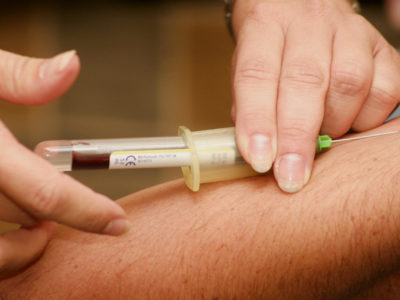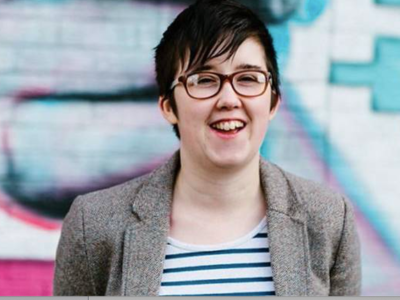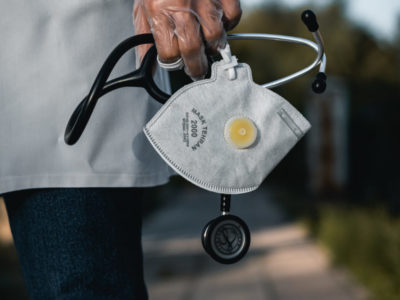 Abstract:
Abstract:
Social networks are one of the most popular ways of communication in the world. Learning its wise use and knowing the alphabet is one of the fundamental steps to pursued, with greater tenacity in health, due to the risks and benefits that these powerful tools offer.
Social media has become a powerful vehicle to learn to drive carefully; otherwise, it might go out of hand with all the associated risks. The risks are civil, criminal and ethical; and they are widely considered in the codes of conduct of public administration.
What is the point of definition of the limits is not clear, there is no social networking track in the ethical codes of health professions in many countries, but there are some references to the benefits of a well-defined communication.
Introduction:
Social networks are a unique opportunity for use and implementation in modern integrated service processes.
Social networks are the contemporary expression of the need for the socialization of the human being.
The goal of social media is to create content so that you can share them through your social network to increase your profile’s popularity and to explore contact with other profiles.
In the rapidly evolving world of social media, social networks, mobile applications and the science of citizens, online communities are able to develop an “interconnected” and “autonomous” act, separate from large traditional organizations.
The Social Media Health Care list, for example, includes health-related organizations that actively use social networking sites to manage their members’ accounts, certainly a phenomenon to consider.
Globally, the market leader is Facebook’s Facebook social network; in fact, it is the first social media platform to surpass 1 billion accounted in both desktop and mobile. However, the social platforms are dozens; they are “pervasive and extensive, interconnected and self-incremental. The perfect social glove to a multiple superorganism, which is contemporary society”.
MATERIALS AND METHODS:
I have analyzed what in fact appears as a “new world”, it is intended to offer some insight into how to “handle” communication through social networks both with assisted persons or those who are considered significant, or simple “occasional” Of benefits provided by national health services in Europe or in a professional-free regime (France, England, Italy). Submitting a test to a causal sample of young people, who are “included” in the macro controversial category of “digital natives”. A dataset of young men and women aged between 18 and 25; It turns out that they seem to be technologists who are perfect, perfect acquaintances of the instrument, but are not able to use it in social reality.
To exemplify. Our sons, perhaps a pre-adolescent, very good pilot at the console, would we trust our car? We put the answer in the hands of the Marches de La Palisse. Either so the digital natives do not exist, or you do not understand what this term means to indicate. In my twenty-year analysis, it is clear that the market for related items is driven by the consumer, our pre-teen children in the meantime, and the devices that are designed for consumers are too often used as professional tools by adults and young people “Digital natives”.
However, these “related objects” critically reviewed, have demonstrated shortcomings in the security protocols that health technology must necessarily foresee, and without an accurate knowledge of the language, the concrete risk of catastrophic effects is around the corner. These devices usually work on unprotected networks and send generators a wide variety of data.
Additionally, my analysis has shown that mandatory indicating appropriate communication channels. Therefore, before you tweet, or share a photo or any socially related message, you will need to evaluate the best channel to communicate with the assisted person. He have to be informed of a single “status” that should concern him.
For similar reasons, it is good practice for the assisted persons to release, on their own, or as an integral part of the informed consent, instructions on the rules of social treatment of each bit regarding their health status.
Receiving extended social consensus should be understood as a standard clinical practice. Consensus is not intended as a mere formality, as it is still in almost all areas of care, but must be articulated by providing clear information on the benefits and risks associated with such intervention.
From a synthesis model, I have concluded that all the risk factors for the compromised privacy of the assisted person must be clearly eliminated. Especially the educational work must be carefully marked; when we provide information whose pseudo-scientific validation searched on the internet, those who will use it will have to be careful not to share the findings of searches with third parties involuntarily, which can be used for marketing, business analysis, or malicious purposes.
This analysis also allows concretizing the patient-centered approach, educating a person in the moment of greater fragility. A proactive approach would allow healthcare professionals to take advantage of the potential benefits of this method of communication and to manage better aspects of professional responsibility.
Results:
The hospital organization does not currently provide an adequate level of IT security, which increases the chance of creating a nuisance. In addition, mobile devices are not encrypted by users, which in fact are “Digital natives” only on paper. These devices, and all of the information contained in them will be at risk. For that reasons, it is essential that our young people, family members, students or people who come to our attention are guided and educated to use devices and social media, with the centennial rules of communication, certainly not owned by them. The true locomotive becomes the cultural factor.
Several recent studies have shown that social media are also responsible for forms of depression, anxiety, inability to concentrate, lower levels of trust and self-esteem, and a whole set of other mental health issues. However, social networks are at the same time a primary necessity of “socialization translated into stratified media and means”.
A non-secondary aspect, which cannot be demonized, but deserves a multidisciplinary study and continuous research.
Conclusions:
Thus the necessity of this research is born, seen as a natural fulfillment of a path of maturation and refinement, a social emergency manual.
Obviously like any manual, like any skill path, social networking studies on health care need continuous training. It is a continuous upgrading, because this science is fluid material. As fluid is contemporary society, and behavior of each individual node, spoke, hub in it.
Therefore, we have do not to be afraid of social media, but we need to know how to handle them with extreme care.
Also published on Medium.






